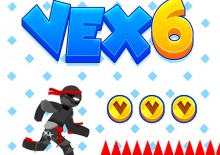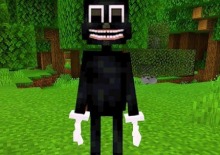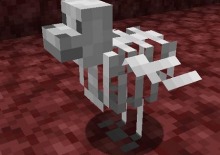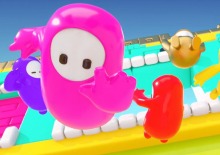Advertisement
The Loud House Lost Panties
The Loud House Lost Panties presents a setting built around light exploration, character interaction, and object-based discovery. Players navigate a familiar yet modified environment, engaging in tasks that unfold across different rooms and scenes. The experience is shaped through movement, dialogue, and the uncovering of small environmental clues that drive progression. Much of the gameplay centers around observation and timing, with each action influencing what becomes available next.
Unfolding Through Interaction
Rather than guiding the player with direct objectives, the game encourages exploration through trial and error. Characters respond to presence and choices in subtle ways, and not everything is immediately visible or available. As players interact with items and locations, new possibilities open up. There is no fixed path, so success depends on careful attention to surroundings and how actions are sequenced.
Structure and Player Focus
The game is structured into short scenarios that revolve around collecting or locating specific objects. While simple in appearance, these tasks often involve multiple steps or the cooperation of other characters. Each small goal is connected to the larger environment, and progression depends on understanding how different elements fit together. Movement between areas reveals new parts of the game world and expands the set of options for the player.
Key Gameplay Elements
Freeform exploration within a closed environment
Light puzzle mechanics tied to item usage
Interaction-based progression through character responses
Multiple scenes connected by recurring objectives
Emphasis on order, timing, and environmental logic
These elements build an experience where discovery is the main reward.
A Game of Light Pacing
The Loud House Lost Panties ma
intains a relaxed pace, inviting players to observe and experiment without pressure. There's no urgency, and the open structure makes it approachable for casual play. The tone remains consistent throughout, focused more on structure and interaction than action. In this setting, finding the right sequence becomes the main form of advancement, encouraging attention and curiosity.








































































































